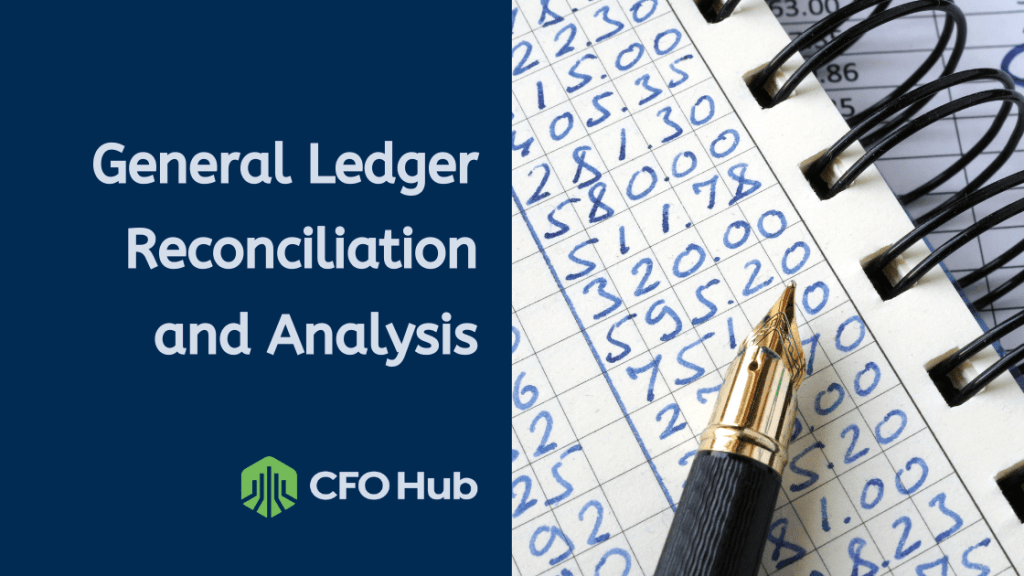A company’s general ledger (G/L) is a comprehensive record of all your accounting transactions. Whenever a transaction is made, that transaction is recorded in the general ledger. Each journal consists of a debit to one account and a credit to another.
Software, such as QBO and Intacct does most of this work. Transactions are entered into their respective subledgers — such as the accounts payable and receivable subledgers. These subledgers feed into the general ledger to create financial statements.
Of course, errors can occur when entering data into these subledgers. The potential for error is why G/L reconciliations must occur regularly.
What is General Ledger Reconciliation?
Business owners (or their accounting team) perform G/L reconciliations while closing the month. The reconciliation process is an internal control that can explain discrepancies between different account balances or records. In many cases, differences may be due to error (and some, fraud), but others could occur due to timing issues.
For example, banks have limited business hours, and some transactions — such as transfers — take at least a day to clear. When entering the transactions in the company’s books it is record immediately; however, the bank will not record it until they receive it.
Let’s put some numbers to this situation. Say you have a $5,000 balance in your checking account. You write two checks of $1,000 each for a total of $2,000. You then deposit a $4,000 check after the bank’s hours.
The cash balance in your books will be $7,000. However, the bank statement says $2,780. In addition to the above transactions, they charged you a $20 service fee.
To reconcile, you would adjust the bank amount to account for the deposit they have not recorded yet, arriving at $6,780. You would then subtract the bank fee you just discovered from your $7,000 book balance to get $6,780.
How to Reconcile the General Ledger
Understand your accounting policies
First and foremost, make sure you review your policies for each account you have. Doing so will make the reconciliation process a lot easier.
For example, if you are reconciling your depreciation accounts with your depreciation schedules, you will need to know the ins and outs of your company’s depreciation policy.
Gather Documentation
Back to our bank reconciliation example, you will need all the appropriate bank statements, canceled checks, deposited checks, and similar items.
If you are reconciling your A/P subledger to the G/L, you will want to assemble invoices that you have paid.
Review Each Account and Investigate Discrepancies
With your documentation in hand, review each account for accuracy. Make sure all transactions follow GAAP and company policy. For example, check that you have entered all invoices completely and correctly into the A/P subledger.
Investigate discrepancies right away. If you find erroneous transactions, make the appropriate entries to correct your accounts. If you notice suspicious transactions — such as several payments to a customer you have never heard of — you may have fraud that needs to be investigated.
Document Everything
Always leave a paper trail when performing your reconciliations. If you must revisit transactions from this month, having records makes the process much more manageable. In addition, it helps you streamline future reconciliations by formalizing your reconciliation process.
With CFO Hub, your general ledger is in good hands. Our professionals can swiftly reconcile your general ledger, identify errors, and spot potential fraud before it happens. Contact us today for a free, no-obligation consultation.
Mark is an accounting and finance professional with over a decade of experience in public accounting and consulting. As both an accountant and entrepreneur, he is passionate about helping clients strategically organize and grow their businesses to reach their goals.
Visit Mark's Expert Hub to learn more about his experience and read more of his editorial content

